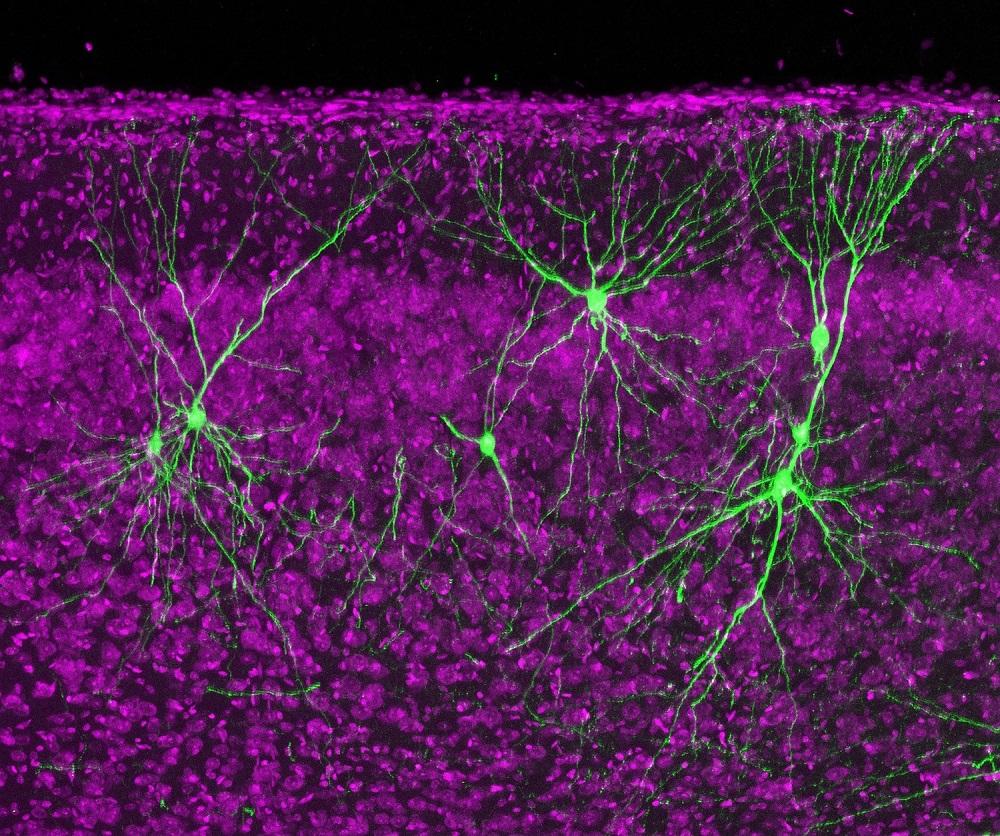Abstract:
Animals rely on olfaction to find food, attract mates and avoid predators. These behaviors require that animals can accurately distinguish odors evoked by structurally odorants, can reliably identify an odor even when input may be noisy or degraded, and can identify an odor across a large range of odorant concentrations. Odor information is initially encoded as constellations of co-active olfactory bulb glomeruli which each represent a specific molecular feature of the odorant. This elemental odor code must then be combined and processed to form a synthetic odor percept. Much of this processing occurs in the primary olfactory (piriform) cortex. In this talk I will present our recent work describing how piriform cortex transforms olfactory bulb input to form non-interfering representations of odor identity and odor intensity. We show that piriform performs computations such as decorrelation, intensity invariance and pattern completion that support the formation of stable and distinct cortical odor representations, and we dissect the neural circuit processes that implement these operations.

Biography:
My Ph.D. work involved modeling properties of quantal synaptic transmission and intracellular calcium dynamics with Terry Sejnowski at UC San Diego. I then stayed at UCSD for a brief postdoc with Jeff Isaacson, where I started studying how olfactory bulb inputs are integrated in piriform cortex. I continued this work at Columbia University with Richard Axel and Steve Siegelbaum, before I moved to Duke University in 2013.
No need to book, just turn up
